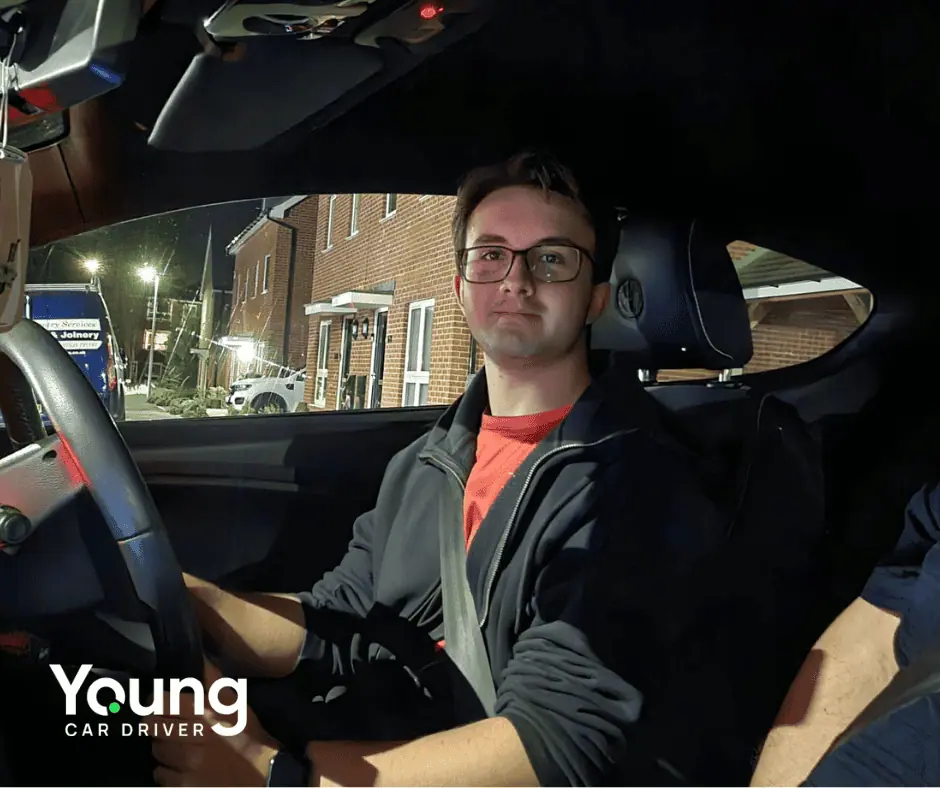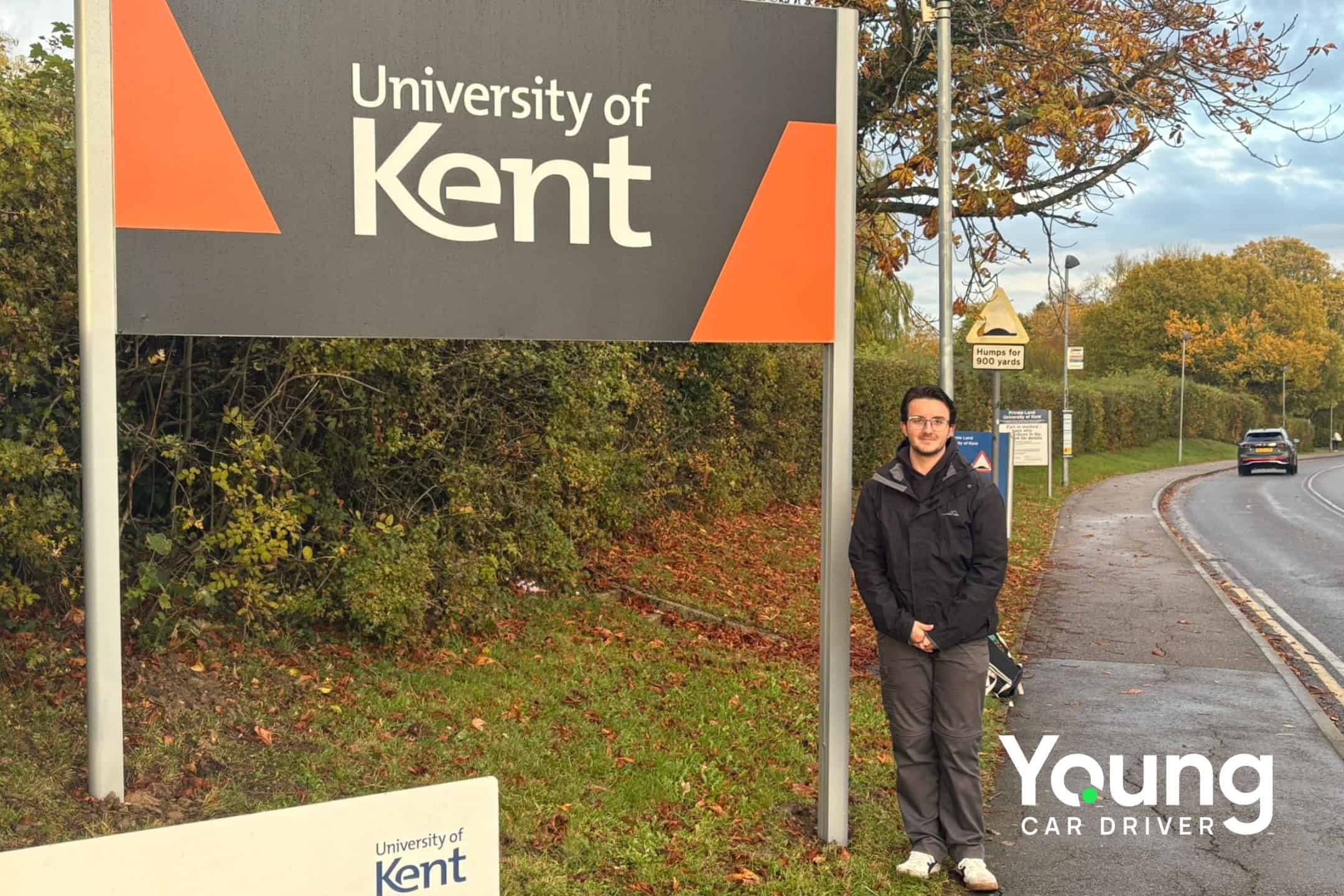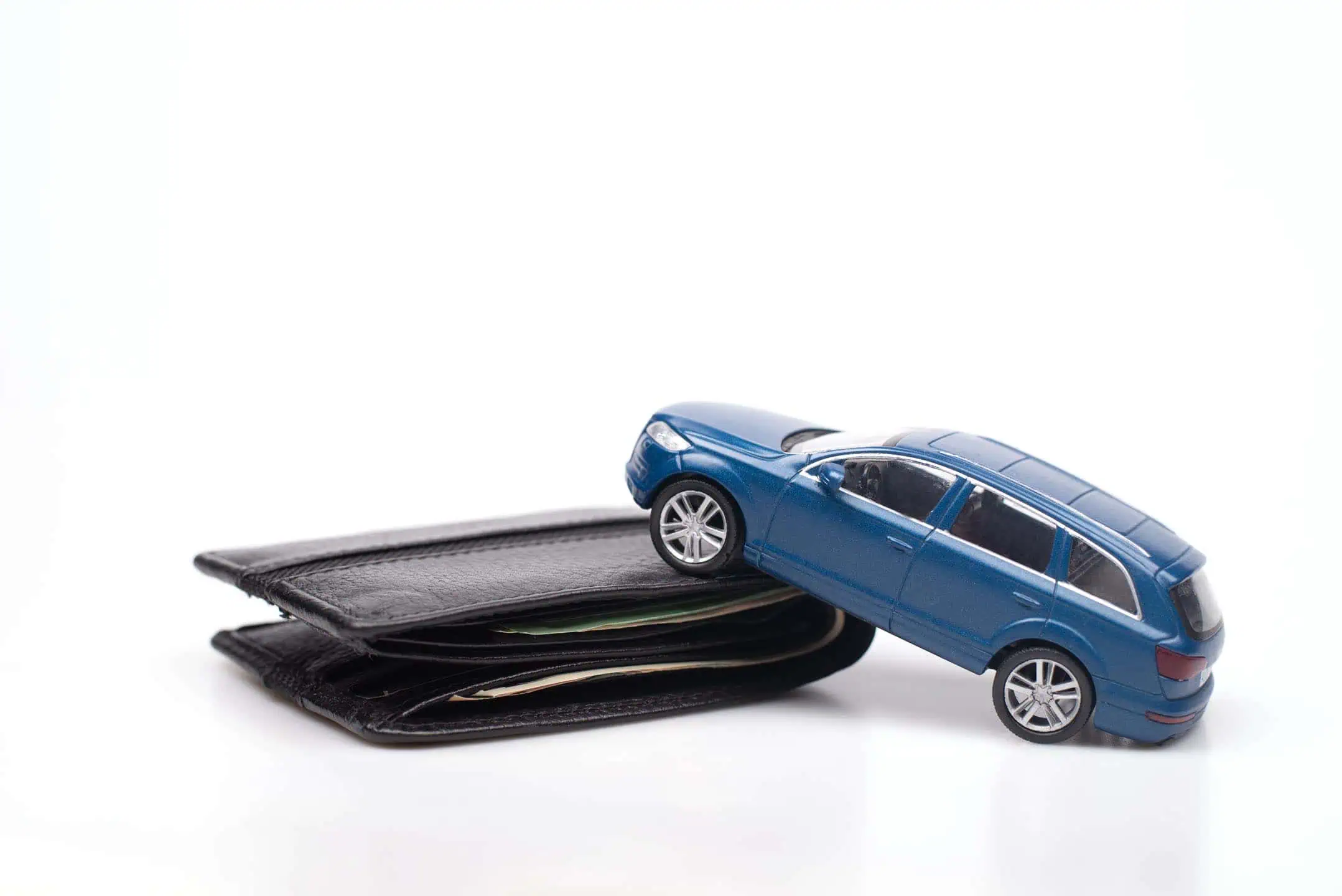Recently, I had my first experience driving at night, and it was both exciting and a little overwhelming. I’ve been getting more comfortable with daytime driving, but driving in the dark felt like an entirely different challenge. Everything I’d learned about road positioning, handling the car, and watching out for hazards felt amplified. Here’s how it went and what I learned along the way.
The Struggle with Oncoming Lights
One of the biggest challenges I faced was dealing with oncoming headlights. As I approached cars driving towards me, their bright lights made it difficult to focus on the road ahead. I found myself blinking and squinting at times, which wasn’t ideal for staying calm or confident behind the wheel. It took me a bit of time to get used to the brightness and to understand how to keep my focus on the road while avoiding being distracted by the lights.
After some practice and helpful tips from my Dad, I learned to glance slightly to the left, toward the curb, when oncoming lights were too bright. This helped me avoid looking directly at the glare without taking my eyes completely off the road. While it felt strange at first, it made a big difference, and I started feeling more comfortable.
Mastering Headlight Dipping
Another thing I hadn’t fully appreciated until driving at night was the need to dip my headlights when approaching other cars. During the day, you don’t think much about headlights, but at night, they become one of the most important parts of driving. I had to get used to the rhythm of dipping my headlights from full beam to dipped beam every time another car came towards me. It’s a simple action, but remembering to do it while concentrating on the road and everything else around you added a bit of extra pressure.
There were a few moments where I didn’t dip my headlights quickly enough, and I could see the discomfort it caused for the other drivers. After that, I made sure to stay alert and ready to adjust them as soon as I saw headlights in the distance. It’s one of those little things that makes a big difference in how safe and smooth night driving can be.
Struggling to See the Road Ahead
Visibility at night is naturally reduced, and this became really clear as I found myself struggling to see road hazards like potholes. I quickly realized that the usual bumps and dips in the road that I’d normally spot during the day were much harder to avoid in the dark. I hit a few potholes, which made me feel uneasy and worried about damaging the car.
To solve this, I adjusted my seating position, raising it slightly to give me a better view of the road. This simple change improved my visibility and gave me more confidence when scanning for obstacles. Now, I feel like I can better anticipate bumps in the road and avoid them before it’s too late. It’s incredible how something as small as raising your seat can make such a difference in how you drive, especially at night.
The Learning Curve
Overall, driving at night was a new and eye-opening experience, and I quickly learned that it requires a bit more attention and skill than daytime driving. The combination of dealing with headlights, keeping an eye out for road hazards, and adjusting to the darkness was challenging, but I can already see my confidence growing. As with everything else in driving, it just takes practice, and I’m determined to keep improving.
The next time I drive at night, I’ll be more prepared for these challenges, and I’m sure it’ll get easier each time. For now, I’m focusing on getting comfortable with the extra steps involved, like dipping the headlights and scanning the road more thoroughly. If you’re just starting night driving, my advice is to take it slow, give yourself time to adjust, and don’t be afraid to make small tweaks like raising your seat for better visibility.




